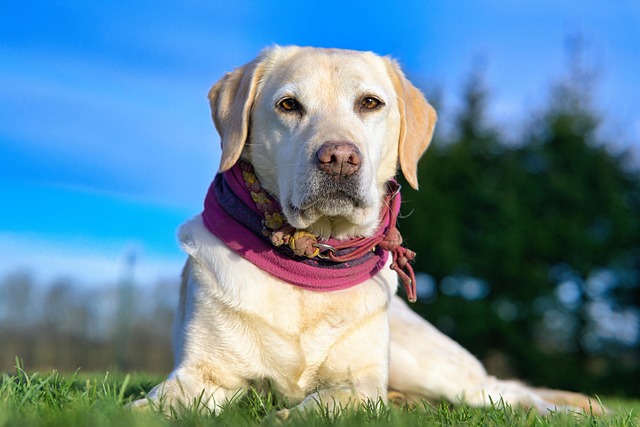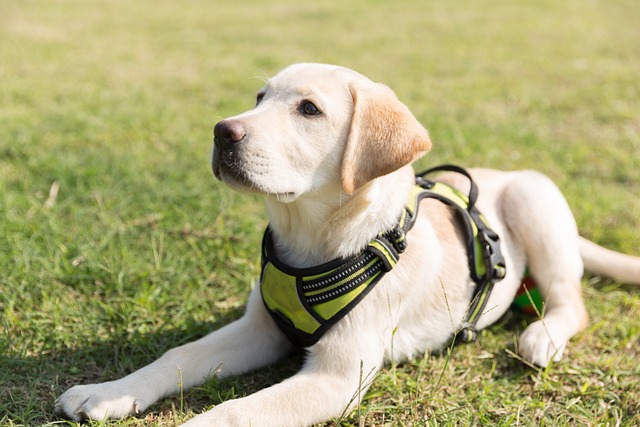
How do i train my dog to be obedient?
Watching your dog dart across the park ignoring your calls isn’t just frustrating—it can put them at risk near busy streets or public spaces.
The sharp pinch of puppy teeth on your hand or the concerning grab of an older dog can send any owner searching for a quick solution, leading some to explore the idea of using "pressure points." While certain acupressure techniques are used by certified professionals for relaxation, the notion of using them to instantly stop biting is a dangerous misconception. Relying on physical manipulation to correct behavior is not only ineffective for long-term learning but also risks damaging your relationship with your dog and can escalate defensive aggression. The safe, modern, and scientifically supported approach focuses on understanding the why behind the bite and addressing it through communication and positive reinforcement.
Biting is a symptom, not the core problem. In puppies, it's usually normal teething and exploration; in older dogs, it can stem from fear, pain, overstimulation, or a lack of bite inhibition. The goal is to teach your dog what to do instead of biting. The moment your puppy's teeth touch your skin, let out a high-pitched "Yelp!" to signal that it hurt, then immediately disengage by standing still and ignoring them for 30 seconds. This mimics how littermates communicate boundaries. For persistent biting, redirect their mouth onto an appropriate chew toy and lavishly praise them when they bite it instead. This positive reinforcement clearly marks the desired behavior. For any dog, if biting is frequent or seems aggressive, the first step is always a veterinary exam to rule out underlying pain, which is a common cause of sudden behavioral changes.

This training must be consistent and happen everywhere, especially in the confined space of an apartment where boundaries are crucial. Use those same redirection techniques during play sessions indoors. Arm yourself with a variety of chew toys and rotate them to keep them interesting. The moment your dog chooses a toy over your hand, reward them with calm praise or a small treat. This method aligns perfectly with the cultural expectation of force-free training, which is the standard across the U.S. and EU. Under no circumstances should you ever attempt to hold a dog's mouth shut, pin them, or use alpha rolls. These outdated, punitive measures are widely condemned by veterinary behaviorists as they destroy trust, increase fear and anxiety, and often make a biting dog more likely to escalate its behavior in the future.
Your responsibility extends beyond your home. A dog that learns bite inhibition through positive methods is safer and more predictable in public. This is a cornerstone of responsible ownership, which includes ensuring your dog’s rabies vaccination is always up-to-date—a fundamental legal requirement for public safety. Furthermore, practicing good community etiquette like always carrying waste bags and cleaning up immediately during walks is a non-negotiable part of this contract. By choosing to understand and humanely guide your dog, you’re not just stopping a unwanted behavior; you’re building a trusting relationship based on clear communication and mutual respect, ensuring your dog is a safe and welcome member of your community.

Watching your dog dart across the park ignoring your calls isn’t just frustrating—it can put them at risk near busy streets or public spaces.

New puppy owners often find themselves rushing to clean up accidents before they set in, and that’s where puppy pad training becomes a game-changer.

If you've noticed your dog's waistline disappearing and your veterinarian has mentioned those few extra pounds, your first instinct might be to simply reduce the amount of food in their bowl.

Training a dog to use a designated spot indoors isn’t as daunting as many new owners fear, but it does take consistency and an understanding of your pet’s needs.

That moment of dread on a walk is all too familiar for many new dog owners. You see another dog approaching down the sidewalk of your neighborhood

If the sight of another dog on your neighborhood walk makes your heart sink as your own dog erupts into a frenzy of barking and lunging, you're not alone.